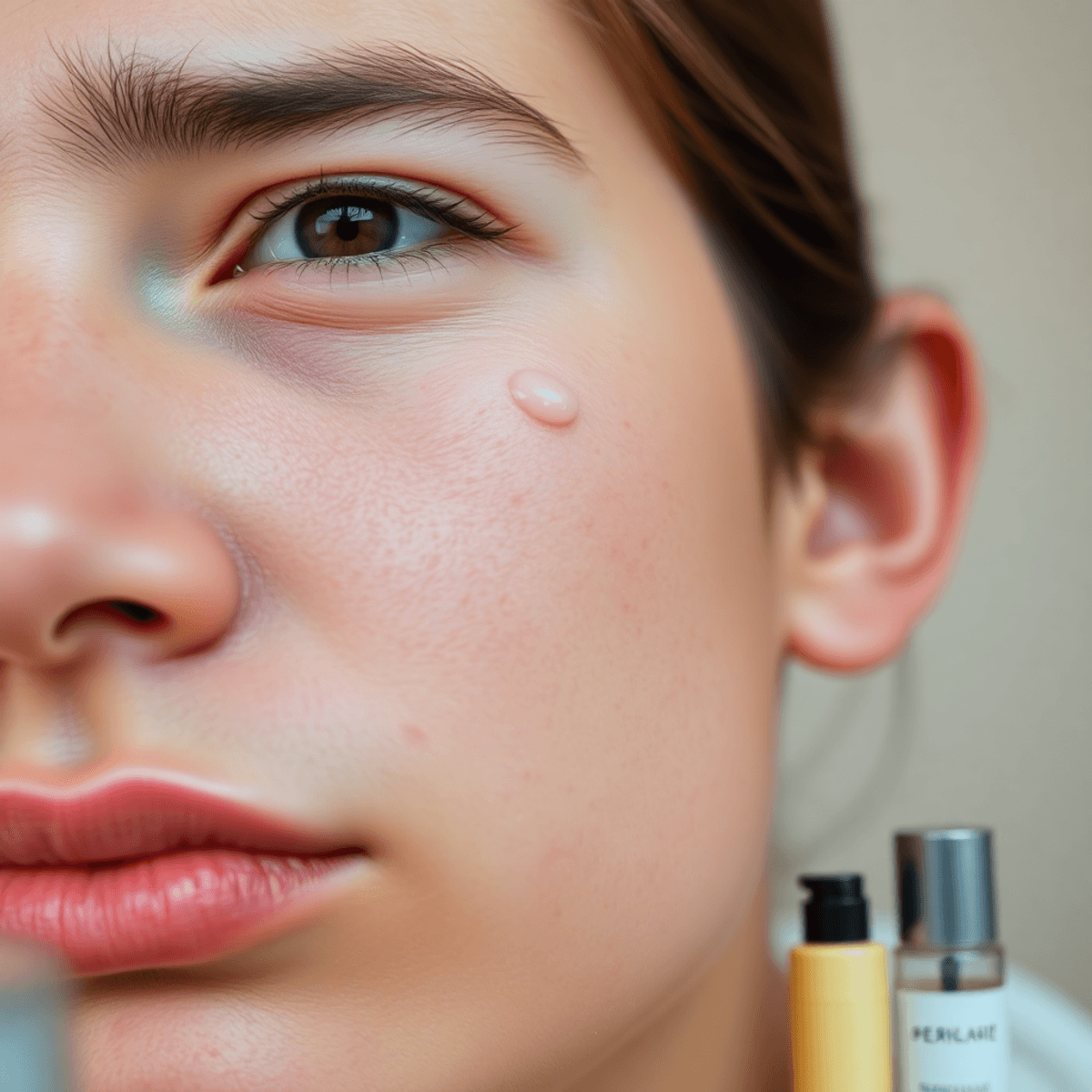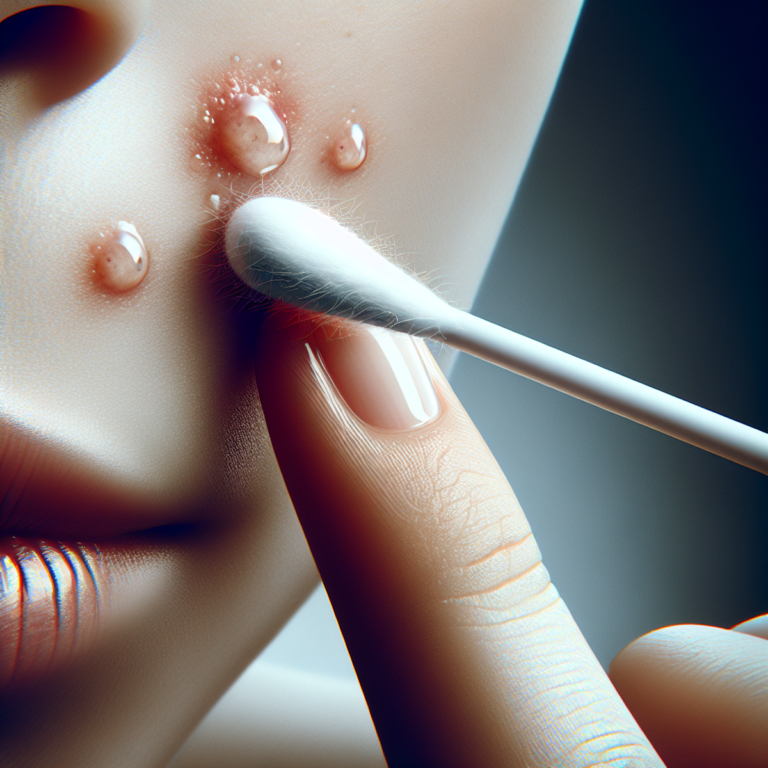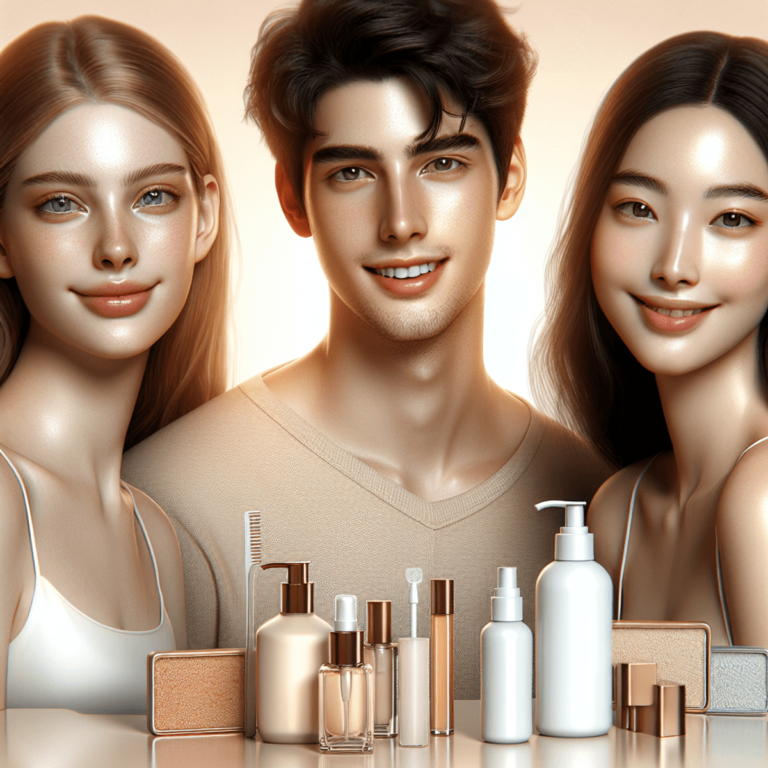How to remove pimples

Introduction
Dealing with pimples? You’re not alone. This frustrating skin condition affects millions worldwide, from teenagers to adults. Those red, inflamed spots appearing on your face can shake your confidence and leave you searching for quick solutions.
Pimples develop when your skin’s pores become clogged with oil, dead skin cells, and bacteria. These unwanted visitors show up at the worst times – right before important events or during stressful periods when you need to look your best.
The good news? You can take control of your skin’s health. Whether you’re looking for:
- Overnight solutions for sudden breakouts
- Natural remedies that work
- Long-term strategies for clear skin
- Professional treatment options
This comprehensive guide will walk you through proven methods to remove pimples and prevent future breakouts. You’ll discover both quick fixes and sustainable solutions that dermatologists recommend.
Ready to transform your skin? Let’s dive into effective strategies that will help you achieve the clear, confident complexion you deserve. From ice therapy to professional treatments, we’ll cover every aspect of pimple removal and prevention, ensuring you have all the tools needed for successful acne management.
Understanding Pimples
Pimples develop through a complex interaction between your skin’s natural processes and external factors. Your skin contains thousands of tiny pores, each connected to oil glands beneath the surface. These glands produce sebum, an oily substance that helps keep your skin soft and protected.
The Formation Process:
- Dead skin cells mix with excess oil
- Bacteria multiply in the clogged pore
- Your immune system responds with inflammation
- A visible bump or pustule appears
Hormonal Influence on Acne Development
Hormonal changes trigger increased oil production in your skin glands. This explains why you might experience breakouts during:
- Puberty
- Menstrual cycles
- Pregnancy
- Periods of high stress
Common Problem Areas
Different types of bumps can appear across various body parts:
- Forehead Bumps: Often caused by hair products, sweat accumulation under hats or headbands, excessive touching or scratching
- Facial Bumps: Small bumps from clogged pores, tiny whiteheads from dead skin buildup, red inflamed pustules from bacterial infection
- Back Pimples: Triggered by tight clothing, sweat accumulation, friction from backpacks or chairs
Types of Pimples
- Whiteheads: Closed, clogged pores
- Blackheads: Open, oxidized clogged pores
- Papules: Small, red tender bumps
- Pustules: Pus-filled inflammations
- Nodules: Deep painful lumps
- Cysts: Large pus-filled lesions
Your skin type plays a crucial role in pimple formation. Oily skin types produce excess sebum, making them more prone to breakouts. Combination skin might experience pimples in specific areas, while sensitive skin reacts more intensely to irritants and bacteria.
Quick Fixes for Pimples
When you need fast relief from stubborn pimples, several effective solutions can help reduce inflammation and speed up healing. These methods work particularly well for sudden breakouts or when you need quick results.
1. Ice Application
Ice therapy stands out as one of the most accessible and effective ways to tackle pimples. This simple yet powerful technique works by:
- Reducing blood flow to the affected area
- Shrinking enlarged pores
- Decreasing inflammation and redness
- Numbing the area to reduce pain and discomfort
Here’s your step-by-step ice application guide:
- Wrap 2-3 ice cubes in a clean, thin cloth or paper towel
- Press gently against the pimple for 30 seconds
- Remove for 30 seconds
- Repeat this process for 5-10 minutes
- Apply up to 4 times daily
Pro tips for ice application:
- Never apply ice directly to your skin – always use a barrier
- Keep the ice moving slightly to prevent skin damage
- Stop immediately if you feel burning or intense discomfort
- Use this method as soon as you notice a pimple forming
The ice method works particularly well for:
- Deep, painful cystic acne
- Inflamed pustules
- Red, swollen spots
- Surface-level pimples
This treatment shows best results when combined with proper skincare practices. You’ll notice reduced swelling within hours of your first application, making it perfect for emergency situations or before important events.
Common mistakes to avoid:
- Applying ice for too long
- Using dirty cloths or towels
- Pressing too hard on the skin
- Mixing ice treatment with harsh topical medications
The ice method serves as an excellent first response to emerging pimples, particularly when dealing with inflammatory acne. This treatment can significantly reduce the appearance of spots within a few hours, making it an invaluable tool in your skincare arsenal.
2. Over-the-Counter Treatments
Over-the-counter treatments are powerful allies in your fight against pimples. These readily available solutions contain scientifically-proven ingredients that target acne at its source.
Benzoyl Peroxide
- Kills acne-causing bacteria beneath the skin
- Available in strengths from 2.5% to 10%
- Start with lower concentrations to minimize irritation
- Apply a thin layer to affected areas once daily
Salicylic Acid
- Penetrates deep into pores to dissolve dead skin cells
- Prevents future breakouts by keeping pores clear
- Ideal for blackheads and whiteheads
- Look for products with 0.5% to 2% concentration
Combination Products
- Cleansers with both active ingredients
- Spot treatments for targeted application
- Treatment pads for convenient application
- Gel formulations for oily skin types
Application Tips
- Clean your face before applying treatments
- Use sunscreen during the day – these products can increase sun sensitivity
- Allow products to dry completely before applying moisturizer
- Patch test new products on a small area first
Expected Results
- Visible reduction in inflammation within 24-48 hours
- Decreased pimple size in 2-3 days
- Full results typically seen after 4-8 weeks of consistent use
These treatments work best when used as part of a consistent skincare routine. You might experience mild dryness or peeling – this is normal as your skin adjusts to the active ingredients.
3. Home Remedies for Pimples
Natural ingredients can effectively combat pimples without harsh chemicals. These readily available remedies work gently on your skin while delivering powerful anti-inflammatory and antibacterial benefits.
1. Tea Tree Oil
- Mix 1-2 drops with a carrier oil like jojoba or coconut oil
- Apply directly to pimples using a cotton swab
- Use twice daily for best results
- Contains natural antimicrobial properties that fight acne-causing bacteria
2. Green Tea
- Brew a strong cup and let it cool
- Apply with a cotton ball to affected areas
- Rich in antioxidants that reduce inflammation
- Contains catechins that help regulate sebum production
3. Honey and Turmeric Mask
- Mix 1 tablespoon raw honey with 1/4 teaspoon turmeric
- Apply as a spot treatment or full face mask
- Leave on for 10-15 minutes
- Both ingredients offer natural antibacterial properties
4. Apple Cider Vinegar
- Dilute with equal parts water
- Dab onto pimples with a cotton ball
- Contains natural acids that help balance skin pH
- Works as a natural astringent
5. Aloe Vera
- Extract fresh gel from an aloe leaf
- Apply directly to pimples
- Soothes inflammation and redness
- Promotes faster healing
These remedies work best when used consistently as part of your skincare routine. Remember to patch test new ingredients on a small area of skin first to check for any adverse reactions.
Long-Term Solutions for Clear Skin
Persistent acne requires targeted, professional intervention. These advanced treatments offer lasting relief for severe breakouts and stubborn pimples that resist conventional remedies.
1. Professional Treatments for Severe Acne
Cortisone Injections
- A fast-acting solution for large, painful cystic pimples
- Administered by licensed dermatologists
- Shows visible results within 24-48 hours
- Reduces inflammation and redness immediately
Chemical Peels
- Removes dead skin cells and unclogs pores
- Available in different strengths for various skin types
- Helps fade acne scars and hyperpigmentation
- Requires multiple sessions for optimal results
Light Therapy
- Uses specific wavelengths to kill acne-causing bacteria
- Blue light targets surface bacteria
- Red light reduces inflammation
- Safe for most skin types with minimal side effects
Microdermabrasion
- Physical exfoliation removes dead skin cells
- Improves skin texture and reduces scarring
- Stimulates collagen production
- Works best for mild to moderate acne
Professional Extractions
- Safe removal of deeply embedded blackheads
- Performed under sterile conditions
- Prevents scarring and infection
- Combined with other treatments for enhanced results
When to Consider Professional Treatment:
- Acne persists despite over-the-counter treatments
- Deep, painful cysts develop
- Scarring begins to occur
- Breakouts affect your mental health
- Multiple areas of your face or body are affected
What to Expect:
- Initial consultation with a dermatologist
- Customized treatment plan based on your skin type
- Regular follow-up appointments
- Combination of different treatments
- Gradual improvement over several weeks or months
These professional interventions work best when combined with proper skincare routines and lifestyle modifications. Your dermatologist might recommend specific products or adjustments to enhance treatment effectiveness.
2. Medical Treatments for Acne Control
Prescription medications offer powerful solutions for stubborn acne cases that don’t respond to over-the-counter treatments. Here’s what you need to know about medical interventions:
1. Topical Retinoids
- Tretinoin (Retin-A) speeds up skin cell turnover
- Adapalene helps prevent future breakouts
- Apply a pea-sized amount nightly
- Results typically show within 8-12 weeks
- Start with lower concentrations to minimize irritation
2. Oral Antibiotics
- Prescribed for moderate to severe acne
- Common options include:
- Doxycycline
- Minocycline
- Tetracycline
- Work by reducing inflammation and killing acne-causing bacteria
- Usually prescribed for 3-6 months
- Best used in combination with topical treatments
3. Hormonal Therapies
- Ideal for:
- Women with chin and jawline breakouts
- Acne that flares during menstrual cycles
- Adult acne resistant to other treatments
Treatment Options Include:
- Birth control pills containing estrogen and progesterone
- Spironolactone (blocks androgen hormones)
- Regular blood tests to monitor hormone levels
4. Important Considerations
- Medical treatments require a prescription
- Regular follow-ups with your dermatologist
- Side effects vary by medication type
- Results take time – expect 2-3 months
- Cost varies based on insurance coverage
- Some treatments aren’t suitable during pregnancy
Your dermatologist will create a personalized treatment plan based on your:
- Acne severity
- Skin type
- Medical history
- Previous treatment responses
- Lifestyle factors
Daily Skin Care Routine to Prevent Pimples
A consistent skincare routine forms the foundation of pimple-free skin. Your daily habits directly impact your skin’s health and appearance.
Essential Cleansing Steps
- Wash your face twice daily with a gentle, pH-balanced cleanser
- Use lukewarm water – hot water can strip natural oils
- Pat dry with a clean towel – rubbing can irritate the skin
- Apply products in order: toner, serum, moisturizer, sunscreen
Hydration for Healthy Skin
Drinking 8-10 glasses of water daily helps:
- Flush out toxins
- Maintain skin elasticity
- Balance oil production
- Support natural skin barrier function
Smart Dietary Choices
Your diet plays a crucial role in skin health. Research suggests certain foods can trigger breakouts:
Foods to Limit:
- High-glycemic foods (white bread, sugary snacks)
- Dairy products
- Processed foods
- Greasy, fried foods
Foods to Include:
- Leafy greens
- Omega-3 rich fish
- Nuts and seeds
- Antioxidant-rich fruits
Daily Habits for Clear Skin**
Keep these items clean to prevent bacterial transfer:
- Phone screens
- Pillowcases (change weekly)
- Makeup brushes
- Face towels
Essential Don’ts:
- Avoid touching your face throughout the day
- Don’t share makeup or skincare products
- Skip harsh scrubs and exfoliants
- Never sleep with makeup on
Product Application Tips**
- Wait 2-3 minutes between applying different products
- Use non-comedogenic products
- Apply moisturizer while skin is slightly damp
- Use sunscreen daily, even indoors
Environmental Protection**
- Shield your skin from direct sun exposure
- Wear a hat when outdoors
- Keep hair clean and away from face
- Use clean face masks and change them regularly
Remember to patch test new products on a small area of skin before full application. Your skin needs time to adjust to new routines – maintain consistency for at least
Natural Long-Term Solutions For Pimple-Free Skin
1. Stress Management Techniques
Your skin reveals much about your stress levels. Studies indicate a direct connection between increased stress and more frequent acne breakouts. When you’re under stress, your body releases extra cortisol, which prompts your skin to produce more oil – creating an ideal setting for pimples to develop.
Effective Stress-Reduction Activities:
- Mindful Breathing: Practice deep breathing for 5-10 minutes daily using the 4-7-8 technique: inhale for 4 counts, hold for 7, exhale for 8. Set reminders on your phone for breathing breaks.
- Physical Exercise: Engage in 30 minutes of moderate exercise daily, such as walking or swimming. Consider joining group fitness classes for added motivation.
- Meditation and Mindfulness: Start with guided meditation apps and create a quiet space for daily practice. Begin with 5-minute sessions and gradually increase the duration.
- Yoga for Skin Health: Incorporate poses that enhance blood flow to the face, focusing on inversions like downward dog, while combining movement with breath awareness.
Creating a Stress-Management Routine:
- Identify your stress triggers
- Choose 2-3 stress-reduction activities that resonate with you
- Schedule these activities into your daily routine
- Track your stress levels and skin changes in a journal
Additional Stress-Busting Tips:
- Set boundaries with work and personal commitments
- Practice digital detox for 1 hour before bedtime
- Engage in creative activities like art or music
- Connect with supportive friends and family regularly
Make sure to observe how your skin reacts to various stress management methods. What may be effective for others might not yield the same results for you – customization is crucial. Take note of any patterns between stressful times and breakouts to gain a better understanding of your skin’s response to stress.
2. Sleep Hygiene For Healthy Skin
Your sleep quality directly influences your skin’s health and ability to fight acne. During deep sleep, your body produces growth hormones that repair damaged skin cells and strengthen your skin’s protective barrier.
Essential Sleep Habits for Clear Skin:
- Create a dark, cool sleeping environment (65-68°F/18-20°C)
- Use clean pillowcases, changing them every 2-3 days
- Sleep on your back to prevent facial skin compression
- Avoid blue light exposure 2 hours before bedtime
Pre-Sleep Routine for Optimal Skin Health:
- Cleanse your face thoroughly
- Apply nighttime skincare products 30 minutes before bed
- Practice gentle facial massage to improve circulation
- Use a silk or satin pillowcase to reduce friction
Your body‘s cortisol levels naturally decrease during sleep, reducing inflammation and helping prevent stress-related breakouts. Poor sleep disrupts this hormonal balance, potentially triggering excess oil production and new pimples.
Signs of Sleep-Related Skin Issues:
- Increased skin sensitivity
- Slower healing of existing blemishes
- Dull, lackluster complexion
- Dark circles under eyes
- Pronounced fine lines
Maintaining consistent sleep patterns helps regulate your body‘s internal clock, optimizing the natural skin repair process. Set a regular bedtime and wake-up schedule, even on weekends, to maximize these benefits.
Addressing Pimple Marks And Scars
Pimple marks and scars can persist long after active breakouts have healed, creating lasting concerns for many individuals. These marks range from post-inflammatory hyperpigmentation to deep, textured scars.
Natural Remedies For Reducing Pimple Marks
Lemon Juice Treatment
- Mix equal parts fresh lemon juice and water
- Apply with a cotton ball to affected areas
- Leave on for 10-15 minutes
- Rinse thoroughly with cool water
- Use 2-3 times weekly for best results
Aloe Vera Applications
- Extract fresh aloe gel from the leaf
- Apply directly to marks and scars
- Leave overnight
- Rinse in the morning
- Repeat daily for optimal results
Additional Natural Solutions
- Raw honey masks – Apply for 20 minutes daily
- Apple cider vinegar – Dilute with water (1:3 ratio)
- Potato juice – Rich in natural bleaching agents
- Rosehip oil – Contains vitamin A and essential fatty acids
DIY Brightening Mask Recipe
- 1 tablespoon turmeric powder
- 2 tablespoons honey
- 1 teaspoon lemon juice
- Mix ingredients
- Apply for 15-20 minutes
- Use twice weekly
These natural remedies work through different mechanisms:
- Vitamin C brightens skin tone
- Natural acids promote cell turnover
- Anti-inflammatory compounds reduce redness
- Antioxidants protect against further damage
Tips for Maximum Effectiveness
- Always patch test new remedies
- Apply sunscreen daily to prevent darkening
- Stay consistent with applications
- Keep skin moisturized
- Give treatments 6-8 weeks to show results
The success of these remedies varies based on:
- Scar depth and type
- Skin tone
- Length of time marks have been present
- Consistency of application
- Individual skin sensitivity
2. Topical Treatments and Professional Options for Scar Reduction
Dealing with post-acne marks requires a strategic approach combining both at-home treatments and professional interventions. You’ll discover effective solutions ranging from over-the-counter products to advanced dermatological procedures.
Silicone-Based Scar Treatments
- Medical-grade silicone sheets or gels
- Apply directly to raised scars twice daily
- Expect visible results within 2-3 months of consistent use
- Works by keeping skin hydrated and reducing collagen production
Professional Treatments for Deep Scars
Laser Resurfacing
- Fractional laser therapy targets specific scar areas
- Stimulates collagen production
- Requires 3-6 sessions for optimal results
- Best for deep, pitted scars
Microdermabrasion
- Gentle removal of top skin layer
- Improves skin texture and tone
- Multiple sessions needed
- Ideal for shallow scars and dark marks
At-Home Scar Treatment Options
Vitamin C Serums
- Apply nightly for hyperpigmentation
- Look for 10-20% concentration
- Combines well with sunscreen for better results
Chemical Peels
- Start with mild AHA/BHA formulations
- Use 1-2 times weekly
- Gradually increases skin cell turnover
Treatment Timeline
- Mild scarring: 3-6 months with topical treatments
- Moderate scarring: 6-12 months combining home and professional care
- Severe scarring: 12+ months with professional intervention
Remember to protect treated areas from sun exposure and maintain a consistent skincare routine. Your dermatologist can create a personalized treatment plan based on your scar type and severity.
Conclusion
Getting rid of pimples requires a combination of immediate treatments and long-term preventive measures. You can start with quick fixes like ice application and over-the-counter products for immediate relief. Natural remedies, including tea tree oil and green tea, offer gentler alternatives for sensitive skin. Professional treatments become necessary for severe cases unresponsive to home care.
The key to maintaining clear skin lies in:
- Consistent daily cleansing routine
- Proper hydration
- Stress management
- Regular exercise
- Quality sleep
- Clean personal items
Remember that each person’s skin responds differently to treatments. What works for others might not work for you. Listen to your skin’s needs and adjust your skincare routine accordingly. A dermatologist can provide personalized advice for stubborn or severe cases.
FAQs (Frequently Asked Questions)
What are pimples and why do they occur?
Pimples are a common skin condition caused by clogged pores, often due to hormonal changes, dead skin cells, and excess oil. They can appear as pustules or small bumps on the skin.
How can I remove pimples overnight?
To remove pimples overnight, you can apply ice to reduce swelling and inflammation, use over-the-counter treatments containing benzoyl peroxide or salicylic acid, or try home remedies like tea tree oil.
What are some effective home remedies for treating pimples?
Effective home remedies for treating pimples include applying tea tree oil for its anti-inflammatory properties, using green tea for its antioxidants, and trying other natural ingredients known to help reduce acne.
Are there long-term solutions for preventing pimples?
Yes, long-term solutions for preventing pimples include maintaining a consistent skincare routine, professional treatments like cortisone injections for severe acne, and using products that help keep pores unclogged.
What should I do if over-the-counter treatments don’t work?
If over-the-counter treatments don’t work, consider consulting a dermatologist who can recommend stronger prescription medications or professional treatments tailored to your specific skin needs.
Can hormonal changes affect the occurrence of pimples?
Yes, hormonal changes can significantly affect the occurrence of pimples. Fluctuations in hormones during puberty, menstruation, or pregnancy can lead to increased oil production and clogged pores.










